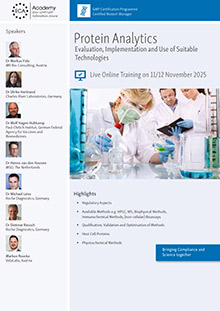WHO publishes second Draft on the Revision of its Process Validation Guideline

Recommendation
5/6 February 2026
In April 2014 WHO published a first draft to revise their Non-sterile Process Validation Guideline. Comments to the first draft from April 2014 have now flowed into the second one. This is obvious at one point or another.
The table of contents and the scope have remained unchanged. Yet, the definition of process validation contains the life-cycle approach in the glossary already. Compared to the first draft, the new version now also explains the matrix approach or bracketing.
Still, the introduction mentions different possibilities for process validation (traditional vs. life-cycle approach vs. hybrid). A flow diagram "may" be helpful. At the end of the introduction, a flow diagram intends to illustrate the process validation life-cycle. Now, the diagram mentions "validate process" already at the process design stage.
The chapter on process design contains no major changes compared to the first draft.
In the chapter "process qualification", a risk assessment is required for the change in batch size from scale up to commercial batch size. Explicitly, manufacturers are requested to implement the new validation approach. However, it is mentioned that full implementation may take time. In the interim, the traditional approach or concurrent validation may be accepted. Also a hybrid approach (based on a scientific basis and risk management principles) may be an alternative.
Compared to the first draft, the chapters "continued process verification" and "change control" haven't changed significantly.
Conclusion: The second draft is considerably more stringent than the first one. The document is a bit of a mix of FDA's Guidance on process validation and EMA's process validation guideline where the terms used come from the FDA Guidance. Both documents are also listed under references. A few inconsistencies remain. The topics risk assessments, QRM, and risk-based approaches are seen in very different ways in the document. The chapter "background and scope" recommends a risk-based approach. Risk assessments are referred to as "should" requirements, QRM rather as "nice to have" ("when applying QRM..."). A flow diagram shouldn't be only named as "may" requirement. Naming process validation under process design in the flow diagram for the process validation life-cycle (background/objective) is against the definition in the glossary according to which process validation include the whole life-cycle. Moreover, mentioning concurrent validation as an alternative to the life-cycle approach could be misunderstood.
It is astonishing that ICH Q10 hasn't been referred to although some elements of this document (e.g. continuous improvement, product life cycle) have been used.
You can find the second revision draft in ECA's members' area.





